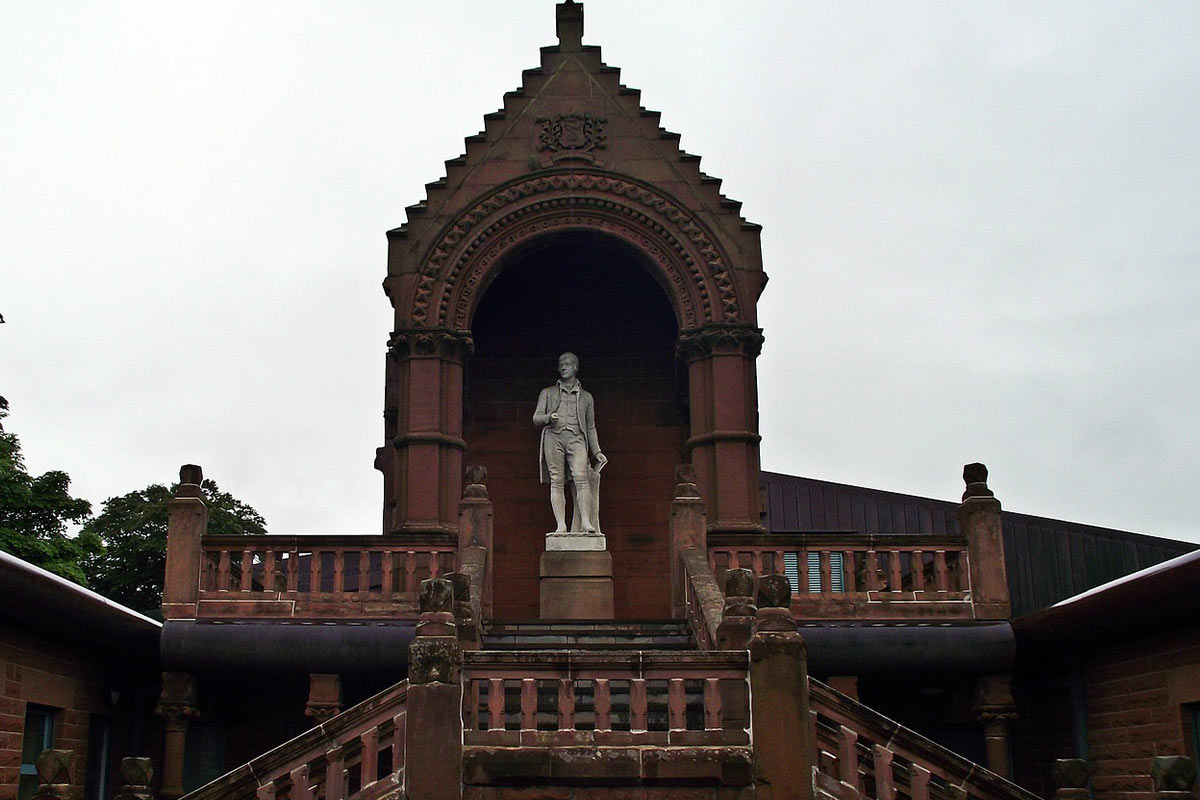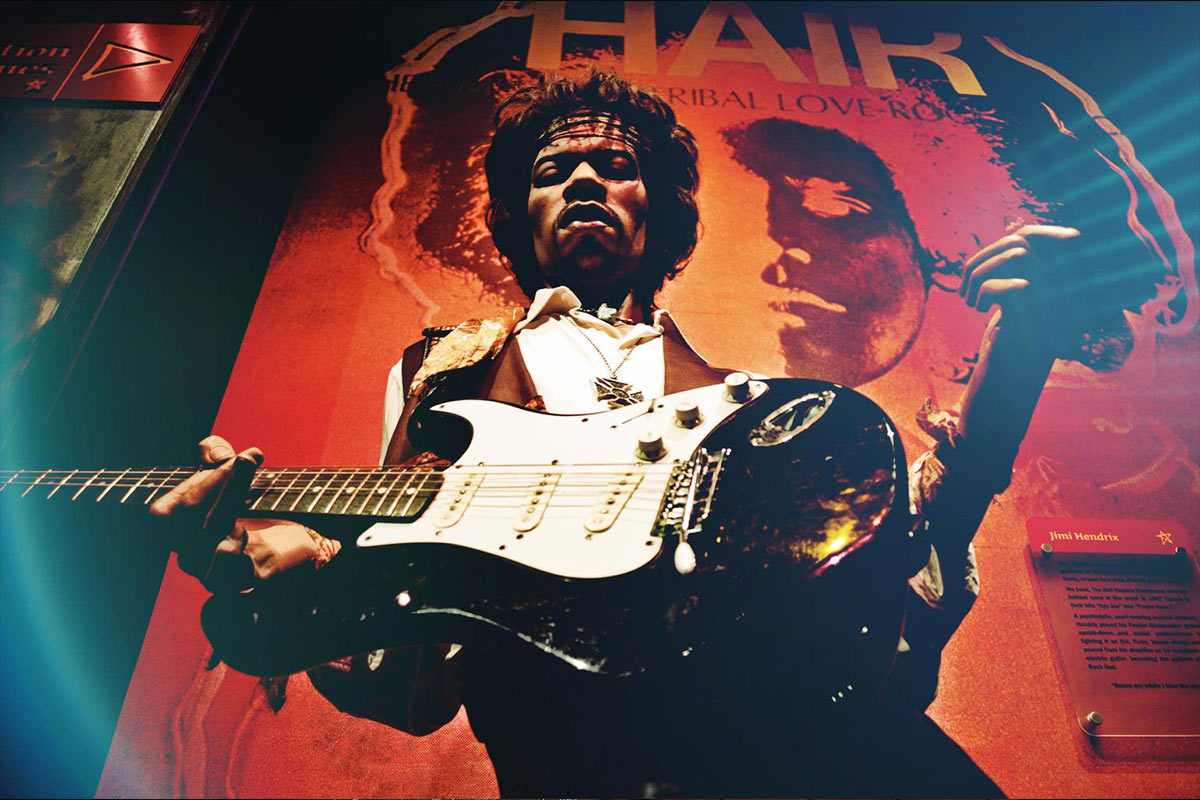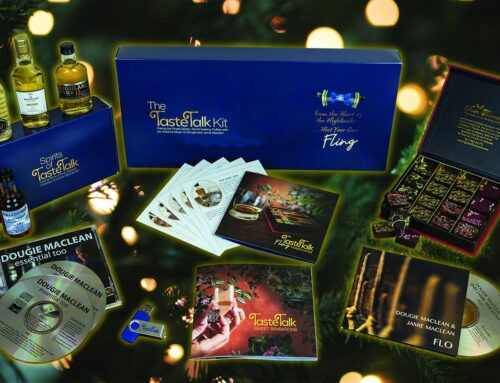Auld Lang Syne: The Anthem of New Beginnings and Fond Memories

“Auld Lang Syne,” a Scottish poem turned song, is famously sung at midnight on New Year’s Eve across the English-speaking world. Its nostalgic melody and heartfelt lyrics, penned by the renowned Scottish poet Robert Burns, have made it an emblem of New Year’s celebrations, symbolising the importance of remembering old acquaintances and experiences while welcoming the new.
Origins and Meaning of ‘Auld Lang Syne’
The phrase “Auld Lang Syne” translates roughly to “old long since” or, more loosely, “times gone by.” The song asks whether old friends and times should be forgotten, serving as a reminder to remember and honour past relationships. It reflects on the joys shared with a ‘trusty friend’ and a ‘hand o thine’, celebrating the bonds of friendship and goodwill.

The Lyrics and Their Significance
Although only the first verse and chorus are often sung, the full song contains poignant reflections. Verses like “twa hae run about the braes” and “twa hae paidl’d i’ the burn” speak of youthful adventures and shared experiences. The recurring theme of taking a “cup o kindness yet” for ‘auld lang syne’ reinforces the message of treasuring and commemorating the past.
Robert Burns and the Scottish Tradition
Burns, a Scottish poet, collected folk songs from across Scotland, often revising or expanding them. “Auld Lang Syne,” sent to the Scots Musical Museum in 1788, was one of these adaptations, believed to be based on an older folk song. Burns’ version swiftly gained popularity, becoming synonymous with Scottish culture and the Scots language.

Global Popularity and New Year’s Eve
The song’s association with New Year’s Eve, particularly in English-speaking countries, was popularised by Canadian bandleader Guy Lombardo. His annual broadcasts of the song from the Royal Canadians’ New Year’s Eve party made “Auld Lang Syne” an inseparable part of the holiday’s festivities. Today, it is sung at the stroke of midnight, marking the transition from the old year to the new, symbolising a sense of unity and hope.

Musical Adaptations and Cultural Impact
The melody we know today was not Burns’ original tune but was later adapted. The song’s tune and lyrics have been embraced in various forms, from traditional Scottish renditions to more contemporary interpretations. Its influence extends beyond New Year’s Eve, appearing in films, TV shows, and other cultural moments, embodying sentiments of farewell, remembrance, and the passage of time.

A Timeless Symbol of Connection and Reflection
“Auld Lang Syne” stands as more than just a New Year’s Eve anthem. It is a poignant reminder of the enduring nature of friendship, love, and shared memories. As the song echoes worldwide each year, it invites us to pause, reflect, and appreciate the journey of life — to honour the past, celebrate the present, and welcome the future with open arms.
Auld Lang Syne Poem (Burn’s Verse)
Should auld acquaintance be forgot,
and never brought to mind?
Should auld acquaintance be forgot,
and auld lang syne.
Chorus:
For auld lang syne, my jo,
for auld lang syne,
we’ll tak’ a cup o’ kindness yet,
for auld lang syne.
And surely ye’ll be your pint-stoup!
and surely I’ll be mine!
And we’ll tak’ a cup o’ kindness yet,
for auld lang syne.
Chorus
We twa hae run about the braes,
and pou’d the gowans fine;
But we’ve wander’d mony a weary fit,
sin’ auld lang syne.
Chorus
We twa hae paidl’d in the burn,
frae morning sun till dine;[b]
But seas between us braid hae roar’d
sin’ auld lang syne.
Chorus
And there’s a hand, my trusty fiere!
and gie’s a hand o’ thine!
And we’ll tak’ a right gude-willie waught,
for auld lang syne.
Chorus
Auld Lang Syne Poem (translated literally)
Should auld acquaintance be forgot,
And never brought to mind?
Should auld acquaintance be forgot,
And auld lang syne!
Chorus:
For auld lang syne, my dear,
For auld lang syne.
We’ll tak a cup o’ kindness yet,
For auld lang syne.
And surely ye’ll be your pint stowp!
And surely I’ll be mine!
And we’ll tak a cup o’ kindness yet,
For auld lang syne.
Chorus
We twa hae run about the braes,
And pou’d the gowans fine;
But we’ve wander’d mony a weary fit,
Sin’ auld lang syne.
Chorus
We twa hae paidl’d in the burn,
Frae morning sun till dine;
But seas between us braid hae roar’d
Sin’ auld lang syne.
Chorus
And there’s a hand, my trusty fere!
And gie’s a hand o’ thine!
And we’ll tak a right gude-willie waught,
For auld lang syne.
Chorus
FAQs
What does ‘many a weary foot’ mean in the context of ‘Auld Lang Syne’?
‘Many a weary foot’ in “Auld Lang Syne” refers to the long distances and challenges friends may have endured over time. It’s a poetic way of acknowledging the trials and tribulations they’ve experienced since they last met.
Are there any references to nature in ‘Auld Lang Syne’?
Yes, the song mentions ‘daisies fine’, symbolising the innocence and simplicity of youth. It reflects on the times when friends roamed fields together, perhaps picking daisies, a common pastime in Scotland’s countryside.
What does the song’s phrase ‘old acquaintance’ signify?
‘Old acquaintance’ in “Auld Lang Syne” symbolises old friends and memories that should not be forgotten. The song emphasises the importance of remembering and cherishing these long-standing bonds.
What is the significance of mentioning a ‘weary foot’ in the song?
The phrase’ weary foot’ echoes the earlier sentiment of ‘many a weary foot,’ underscoring the effort and time invested in maintaining friendships over the years, despite life’s challenges and distances.
Is ‘Old Lang Syne’ often sung to the same tune?
Yes, “Auld Lang Syne” is traditionally sung to the same tune, which is well-known and recognised in many parts of the world, especially during New Year’s Eve celebrations.
What is a ‘good will draught’ in ‘Auld Lang Syne’?
A ‘good will draught’ refers to a drink shared among friends for goodwill and kindness. In the context of the song, it symbolises the warmth and affection shared between old friends.
What does the ‘pint cup’ represent in ‘Auld Lang Syne’?
The ‘pint cup’ in the song represents the sharing of a drink, a common gesture of hospitality and camaraderie. It’s a symbol of togetherness and celebrating the bonds of friendship.
How is ‘Auld Lang Syne’ featured in the film ‘When Harry Met Sally’?
In ‘When Harry Met Sally,’ “Auld Lang Syne” is played at a pivotal moment on New Year’s Eve, highlighting the theme of enduring love and friendship. The song underscores the film’s exploration of relationships and the passage of time.
Does the line ‘surely you’ll buy’ have a literal meaning in the song?
‘Surely you’ll buy’ is more metaphorical than literal in “Auld Lang Syne.” It suggests the idea of reciprocation and mutual generosity in friendship rather than an actual financial transaction.
Is ‘Auld Lang Syne’ typically sung at specific events?
“Auld Lang Syne” is traditionally sung during New Year’s Eve celebrations to bid farewell to the old year and welcome the new. It’s also often sung at farewells and other occasions that mark endings and new beginnings.









